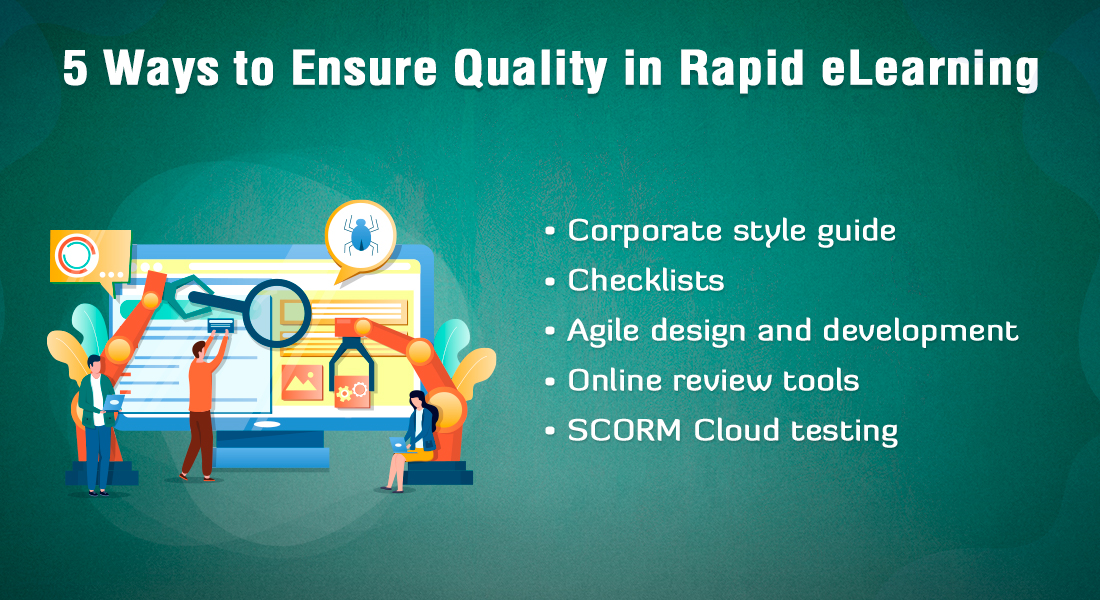Learning and Training: Two Sides of The Same Coin!

Learning is a continuous process that starts once humans land on the planet and ends only when they bid farewell to it. Initially learning may orbit around their basic needs but it continues to change and expand its horizons based on their changing needs, priorities, and preferences. But, the need to learn always exists.
Training, on the other hand, is the outcome of a need identified to fill either a skill or knowledge gap. For people to know how to perform a job or understand the nuances of a skill, they may need to be trained.Training is episodic and not constant like learning. Though learning is the chief goal of training, it may or may not lead to learning. Training outcome differs depending on learners’ abilities, learning needs, motivation levels, and commitment towards learning.
How does learning differ from training?
When you expect the desired outcomes from your teaching, you need to understand that there is a fine line between learning and training. Learning is learner-driven or training-driven while training is organizationally-driven. When learning occurs at the learner’s discretion, it’s termed learner-driven. He seeks it whenever he finds the need to. The purpose may differ from learner to learner but the objective is the same – a need to know. Assume an employee wants to gather more knowledge about his domain, he need not depend on his organization for that. If his ‘need to know’ is dominant, he can go ahead with it, without seeking for it, from the organization.
Learning is self-imposed as the learner needs no prompting. His need for information drives him towards learning. Learning also takes place through training. When a training need analysis shows a gap in the performance, training managers may design a training program that fills that gap. So, training also offers learning.
Training is proposed by the organization and imposed on employees.Learning is not discretional in this case as employees have no choice but to take it. Since it is mandatory, unless employees are fully convinced that they are going to benefit from it, they won’t be engaged. Earning employees’ loyalty for training is an uphill task for organizations as without their involvement, they hardly learn and apply training to fulfill their job tasks.
Learning is continuous while training is event-based
A wish to learn can erupt anywhere, anytime. It is an incessant process. You learn when you explore a topic that stimulates you, you learn when you need to know how to fix your computer, you learn when you want to compare,know the pros and cons of a product you want to buy, you learn when you want to evaluate the features of a new gadget you wish to own. These are just a few instances that require you to learn. Learning never stops due to our never-ending quest for knowledge.
Training, on the other hand, is event-based and imparted at a definite place and time.Usually, it is delivered through e-learning courses, workshops, web conferences, etc. Since it is given for a specific time-period, it is termed event-based.
Learning is decentralized while training is centralized
Since learning is learner-driven, it is decentralized. Every employee or team is responsible for his/their own learning. A blend of formal and informal learning helps learners be more receptive to the learning process.
Training is centralized as there is a training manager/department which takes care of the training needs of the organization. It is they who decide which course is to be allocated to each employee. Here, the top down approach is followed where training managers propel learning.As the resources for learning are controlled by a training manager/department, it is considered to be formal.
Learning is assessment-free while training is followed by assessments
Learning when learner-driven, is free of assessments. The major focus is on the difference learning brings to employees, their teams and the organization as a whole. Only if it is learning through training, knowledge checks are involved.
The purpose of training is not only to see that the right employees have been allocated the right courses but to also evaluate them on the knowledge gained. Assessments are a way to know whether the intended knowledge and skills have been picked up by employees.
Despite the several disparities between learning and training, there is one common aspect, minus which, both can’t progress, and that’s motivation. Whether, self-driven learning or organizationally-driven training, unless the learner is motivated, learning doesn’t occur. As known, motivation is occurs at two levels-intrinsic and extrinsic. Intrinsic motivation is high in learner-driven learning as they learn to address their need. Training that is organizationally-driven usually is extrinsic and needs higher levels of motivation, as learners are compelled to take it. The onus lies on the training managers or departmental heads to employ engaging and motivating training techniques to hook learners to the training.
Though learning and training are interlinked activities, it is apparent that learning encompasses training. Training may pave the way for learning but it can’t be certain. Learner engagement and motivation are the influencing factors for successful training. Therefore, organizations need to ensure that r training programs are aligned to learners’ specific training needs and have relevance to their roles and responsibilities in the organization.



![Manual Handling – Dos and Don’ts at the Workplace [Infographic]](https://blog.commlabindia.com/hubfs/Imported_Blog_Media/Manual-Handling-Dos-and-Donts-at-the-Workplace-min.jpg)

